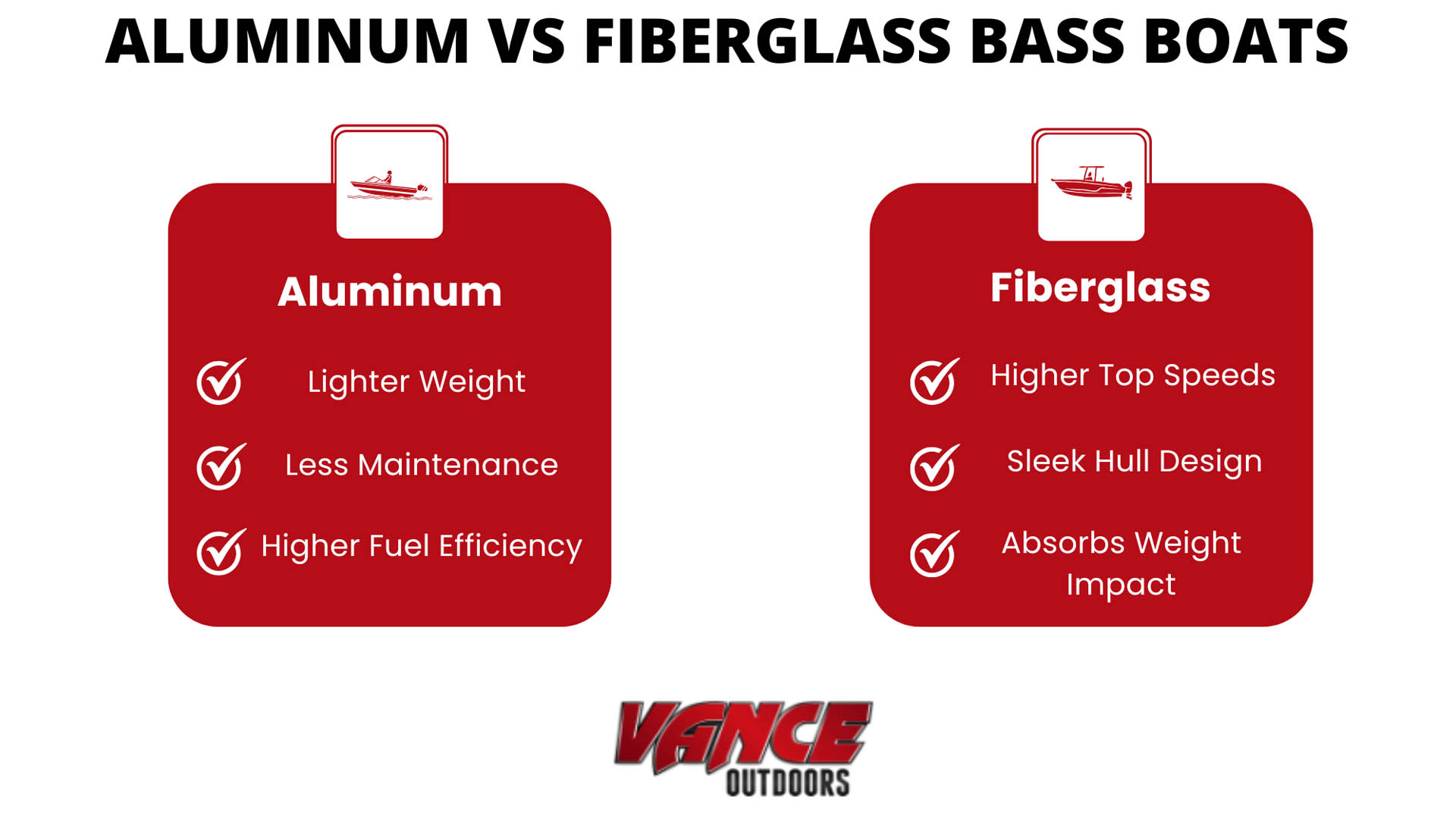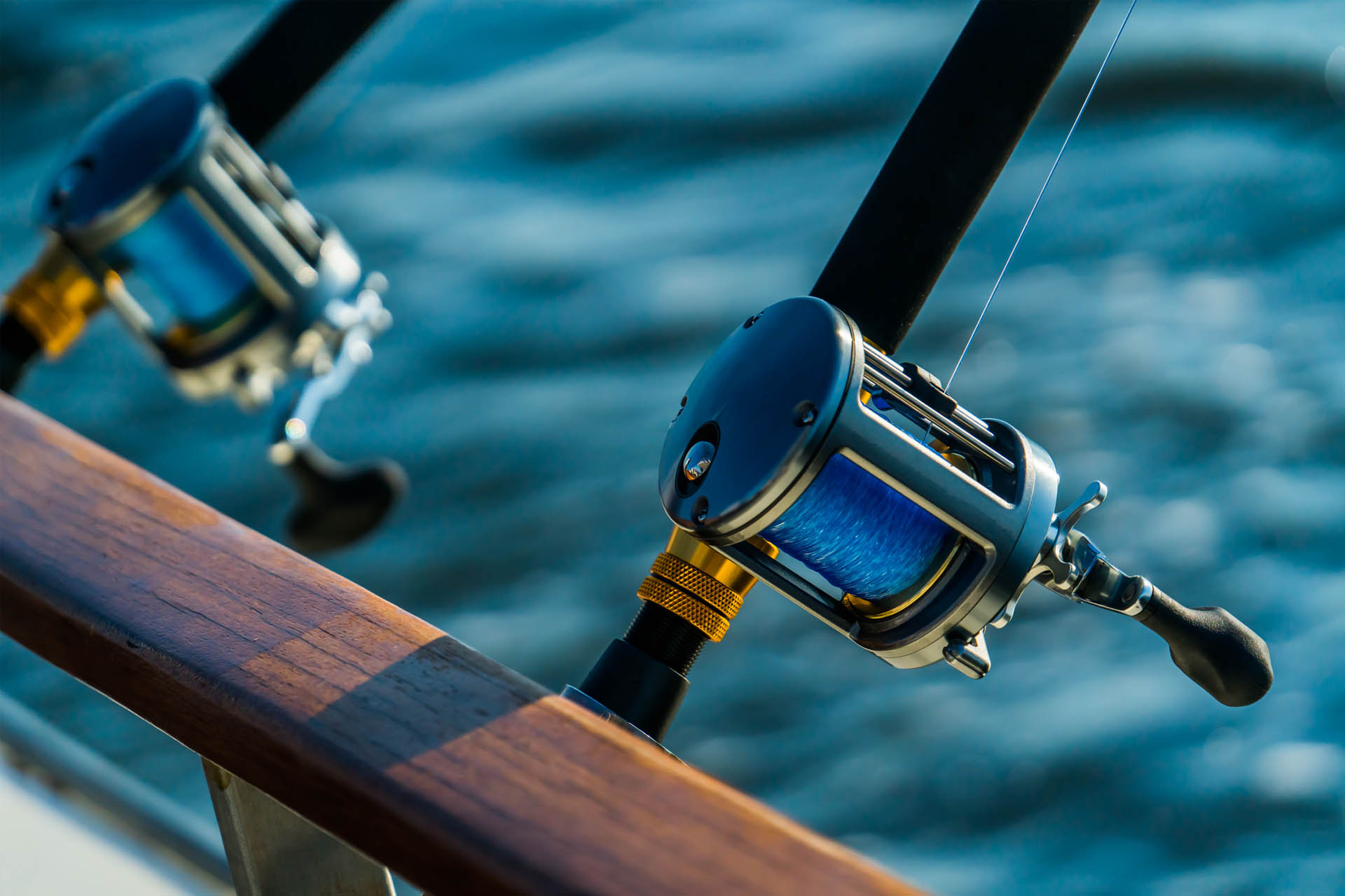The Short Answer
Choosing a bass boat depends on your fishing style, budget, and intended use. An aluminum bass boat offers better durability and lower maintenance costs, while a fiberglass boat delivers superior performance and smoother ride quality.
Bass fishing has seen remarkable growth over the past decade, with millions of anglers hitting the water each year in pursuit of America's favorite gamefish. The evolution of bass fishing boats mirrors this surge in popularity, with both aluminum boats and fiberglass boats adapting to meet modern fishing demands. Aluminum boats trace their fishing heritage back to the 1940s, when lightweight metal crafts revolutionized access to remote waters. Fiberglass boats emerged in the 1960s, bringing new possibilities for performance.

Material Bass Boat Properties and Construction
The differences between aluminum and fiberglass bass boats are highlighted during the boat-building process.
Aluminum Bass Boats Construction
Aluminum bass boats typically start with marine-grade aluminum sheets. The thicker gauge material goes into high-stress areas like the hull bottom, while thinner sheets work for sides and decking.
Modern aluminum bass boats feature both welded and riveted construction methods. Welding creates a stronger, more watertight seal but requires skilled labor and specialized equipment. Riveted designs, while more traditional, offer good durability and simpler repairs. The hull design often incorporates pressed-in strakes and lifting rails that strengthen the structure while improving handling.
Fiberglass Bass Boats Construction
Fiberglass bass boats emerge from a more complex layering process. It starts with a gel coat - the smooth, colored outer surface that gives these fishing boats their glossy finish. Under that lies multiple layers of fiberglass hull material or mat, saturated with polyester or vinylester resin. Some fiberglass boats use core materials like balsa or foam between the inner and outer fiberglass skins to create a lightweight but rigid structure.
Hull Design
Aluminum boats work best with simpler, angular forms due to the sheet metal's natural properties, so aluminum hulls typically have moderate deadrise angles and basic reverse chines. Fiberglass hull designs allow more complex curves and deeper-V designs since the material can be molded into virtually any shape. This flexibility lets designers create aggressive running surfaces with multiple strakes and pad designs for better ride quality.
Size-wise, aluminum bass boats generally top out around 20 feet, while fiberglass models can stretch beyond 21 feet while maintaining structural integrity. Manufacturing complexity favors aluminum for simpler boats since fiberglass requires expensive molds and more labor-intensive processes. However, once tooling exists, fiberglass boats can be produced more quickly in higher volumes.

Performance and Handling
When comparing aluminum bass boats and fiberglass bass boats on the water, each material offers distinct performance advantages. Fiberglass boats typically achieve higher top speeds, with many models reaching 70+ MPH compared to aluminum boats' typical 50-60 MPH range. This speed difference stems from the fiberglass hull's sleek design and more hydrodynamic options that reduce drag.
Ride Quality
Fiberglass boats deliver a smooth ride by absorbing wave impact better in rough water conditions. The added weight of fiberglass helps the boat cut through waves rather than bounce over them. Aluminum boats, being a lighter boat, can produce a rough ride in choppy water but maintain excellent stability when stationary for fishing.
Maneuverability Characteristics
Aluminum boats can turn faster and operate in shallow water without damage. Most aluminum bass boats can safely run in 8-12 inches of water, while fiberglass counterparts often need 12-16 inches minimum. For docking, the aluminum boat's lighter weight makes it more responsive in tight spaces, though wind can affect it more than heavier fiberglass hulls.
Fuel Efficiency
Aluminum boats are typically more efficient due to their lighter weight, which is often 15-20% less fuel consumption than comparable fiberglass models. However, fiberglass hulls can sometimes match this efficiency at higher speeds due to their superior hull design. The design plays a major role here, with modern pad-bottom fiberglass boats reducing fuel consumption by minimizing water contact at speed.

Cost and Value Analysis
When comparing aluminum bass boats and fiberglass bass boats, the financial aspects extend well beyond the initial price tag. While the purchase price for aluminum boats typically starts at a higher average than fiberglass boats, both options are available in different types of entry-level, mid-level, and high-end models that can vary in price. Additionally, there are several factors that can affect overall costs beyond the face value.
Operating Expenses
Aluminum boats generally offer better fuel efficiency, potentially saving hundreds of dollars annually in fuel costs. Insurance rates tend to be lower for aluminum boats, reflecting their reduced replacement cost. However, both types require similar storage solutions, whether in-water or dry storage, with costs varying by region and facility type.
Boat Maintenance
Maintenance presents different considerations for each material. Aluminum boats need less maintenance apart from regular cleaning, occasional paint touch-ups, and hull repairs when needed. Maintenance for fiberglass hulls, which includes annual waxing and gel coat care and major repairs as needed, can be costly. Both materials can last 20+ years with proper care, though aluminum generally handles rough water better.
Aluminum & Fiberglass Bass Boats: Crucial Factors for Users
Your decision should weigh three main factors:
- Available budget
- Primary fishing locations
- Frequency of use
These characteristics can be very different between the two types of boats and the people who use them.
Aluminum boats are best for:
- Casual fisherman
- Anglers who fish in smaller and shallower waters
- Boaters who frequently navigate shallow water
- Boaters on tighter budgets
Fiberglass boats are best for:
- Tournament anglers
- Open water fishing
- Boaters wanting maximum comfort and storage capacity
Discover Aluminum & Fiberglass Boats at Vance Outdoors
The choice between aluminum bass boats and fiberglass bass boats comes down to your specific needs, water conditions, and budget. Aluminum boats excel in shallow water and rocky areas while offering low maintenance and lower costs, while fiberglass boats deliver a more comfortable ride in rough water and more storage options.
Ready to find your perfect bass fishing boat? Vance Outdoors Marine offers a collection of aluminum boats, fiberglass boats, and more fishing boats so you can find the perfect fit for your needs and personal preference. Visit your local Vance Outdoors store, where our experienced marine specialists can walk you through the options and help match you with the ideal boat for your fishing style.